
Refractory Metals & Alloys for Aerospace Refractory metals refer to metals with melting points above 2000°C. They include tungsten, molybdenum, tantalum, niobium, rhenium, and vanadium. The common characteristics of refractory metals and their alloys are high melting point, high strength at high temperatures, and good corrosion resistance to liquid metals. Their use temperature range is 1100~320℃, […]
Tags: Advanced Refractory Metals, ARM, Molybdenum, Molybdenum Alloys, Niobium, Niobium alloys, refractory alloys, Refractory Metals, refractory metals & alloys, rhenium, Rhenium Alloys, tantalum, tantalum alloys, Tungsten, Tungsten alloys, tungsten-copper composite material, Vanadium, vanadium alloys
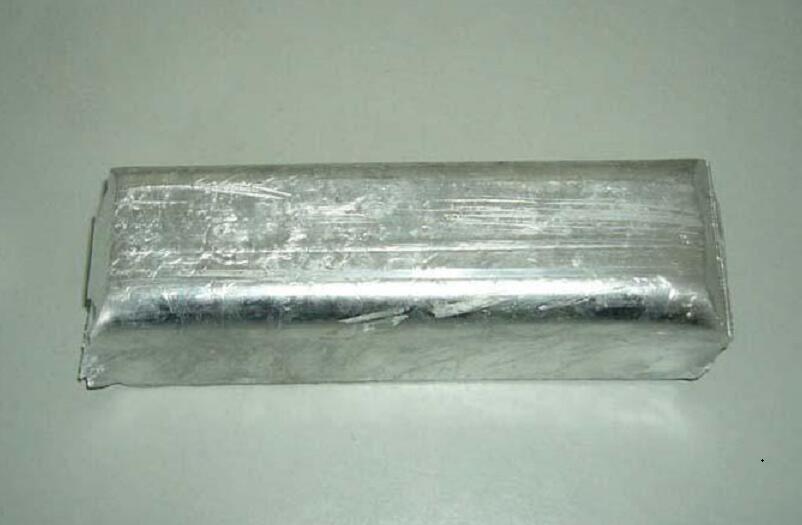
Titanium Aluminum Alloy Preparation & Applications As early as the 1970s, titanium aluminum alloy was known as a promising high-temperature resistant material. It has high strength and good high-temperature resistance, but due to its low ductility and poor workability, it has not been mass-produced and used in the industry. In order to improve the high-temperature resistance of Ti-Al […]
Tags: Advanced Refractory Metals, ARM, Chromium, Composite Material Technology, Copper, high-temperature resistant material, Ingot Metallurgy Technology, manganese, Molybdenum, Niobium, Powder Metallurgy Technology, Preparation and Processing Technology of the Titanium Aluminum Alloy, Rapid Condensation Technology, The Applications of the Titanium Aluminum Alloy, Titanium Aluminum Alloy, Titanium Aluminum Alloy Application, Titanium Aluminum Alloy Preparation, Vanadium

How Was Vanadium Discovered? Vanadium is a silvery-white transition metal with element symbol V, atomic number 23, and an atomic weight of 50.9414. Vanadium has a high melting point of 1890 ° C and is called refractory metal together with niobium, tantalum, tungsten, and molybdenum. Due to its excellent physical and chemical properties, vanadium and vanadium alloy […]
Tags: Advanced Refractory Metals, ARM, Chromium, How Was Vanadium Discovered?, Molybdenum, Niobium, Refractory Metal, rhenium, tantalum, The Discovery of Vanadium, titanium, Tungsten, Vanadium, vanadium alloy, Vanadium Element, Vanadium Metal, Zirconium
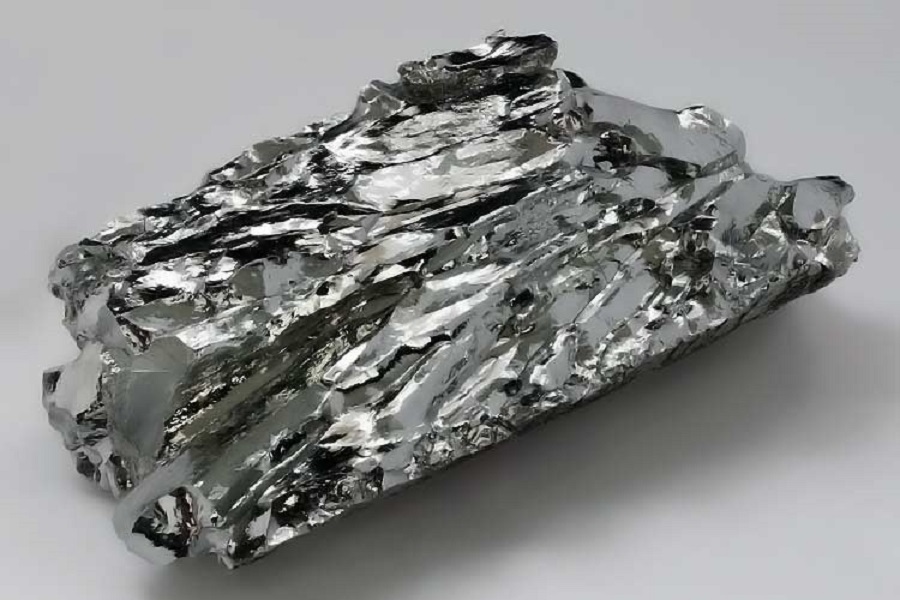
Top 10 Common Refractory Metals You Can Find Now “Refractory metal” is a term that is used to describe a group of metal elements. These metal elements have exceptionally high melting points and are resistant to wear, corrosion, and deformation. In this article, we will take a look at the top 10 common refractory metals that […]
Tags: Chromium, Common Refractory Metal, Common Refractory Metals, Hafnium, Molybdenum, Niobium, Refractory Metal, Refractory Metals, rhenium, tantalum, The History of the Chromium, The History of the Hafnium, The History of the Molybdenum, The History of the Niobium, The History of the Rhenium, The History of the Tantalum, The History of the Titanium, The History of the Tungsten, The History of the Vanadium, The History of the Zirconium, The Properties and Applications of the Chromium, The Properties and Applications of the Hafnium, The Properties and Applications of the Molybdenum, The Properties and Applications of the Niobium, The Properties and Applications of the Rhenium, The Properties and Applications of the Tantalum, The Properties and Applications of the Titanium Alloy, The Properties and Applications of the Tungsten, The Properties and Applications of the Vanadium, The Properties and Applications of the Zirconium, titanium, Tungsten, Vanadium, Zirconium
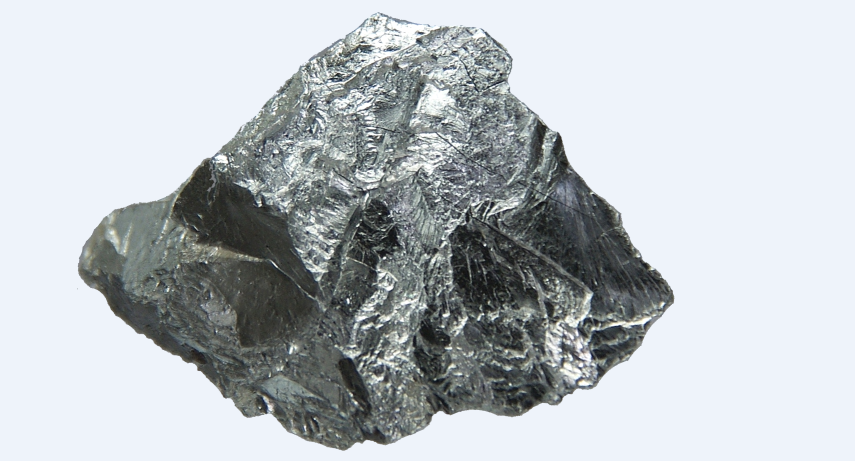
What Is the Most Refractory Metal in the World? In the non-ferrous metal family, tungsten has maintained the title of “High-Temperature Champion” for hundreds of years. The first person in the world to discover tungsten was the Swedish chemist Seller. He first decomposed tungstic acid with acid in 1781 to obtain tungsten. Then, after a […]
Tags: Advanced Refractory Metals, ARM, Chromium, Molybdenum, Most Refractory Metal, Most Refractory Metal In The World, Niobium, Refractory Metal, Refractory Metals, tantalum, The Most Refractory Metal, The Most Refractory Metal In The World, The Most Refractory Metals, titanium, tungsten rod, tungsten wire, Vanadium, What Is The Most Refractory Metal In The World?, Zirconium
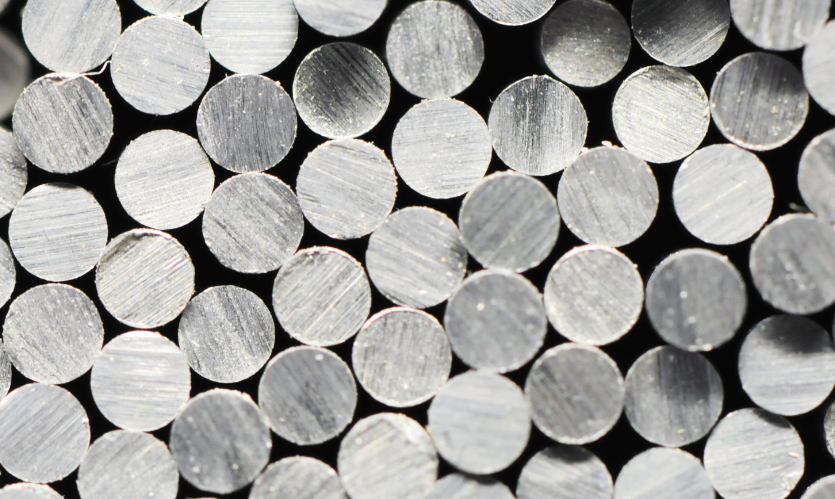
What Is the Application Status of Refractory Metal Material? Refractory metal material mainly refers to tungsten, molybdenum, tantalum, niobium, rhenium, and vanadium, all of which are materials with a melting point above 2000 degrees Celsius. Refractory metal materials and their alloys have the characteristics of high melting point, high strength under a high-temperature environment, strong […]
Tags: Advanced Refractory Metals, ARM, materials with a high melting point, metals with a high melting point, Molybdenum, molybdenum alloy, Niobium, Niobium alloy, Refractory Material, Refractory Materials, Refractory Metal, Refractory Metal Materials, refractory metal products, Refractory Metals, rhenium, tantalum, tantalum alloy, Tungsten, tungsten alloy, Vanadium
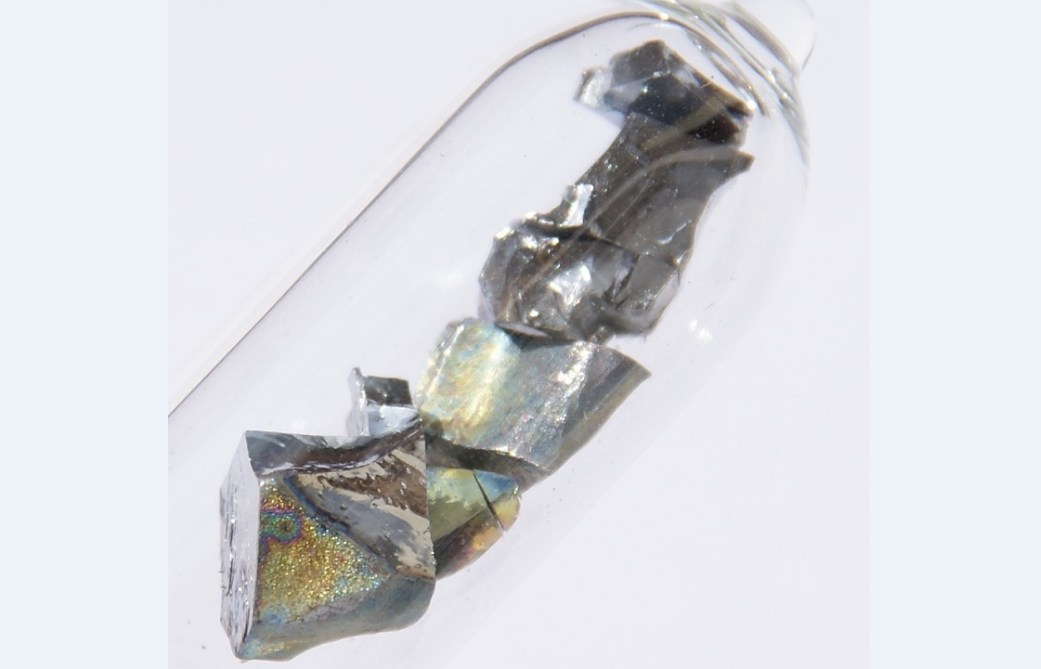
Why Is Vanadium A Transition Metal? The melting point of vanadium is about 1000 degrees lower than that of columbium, so there is much less interest in vanadium for high-temperature applications than in abundant refractory metals. Pure vanadium has only recently become available in quantities large enough for thorough studies of its physical and mechanical properties […]
Tags: Abundant Refractory Metals, Pure vanadium, Refractory Metals, Titanium alloys, Transition Metal, Vanadium, Vanadium A Transition Metal, vanadium columbium, Why Is Vanadium A Transition Metal?
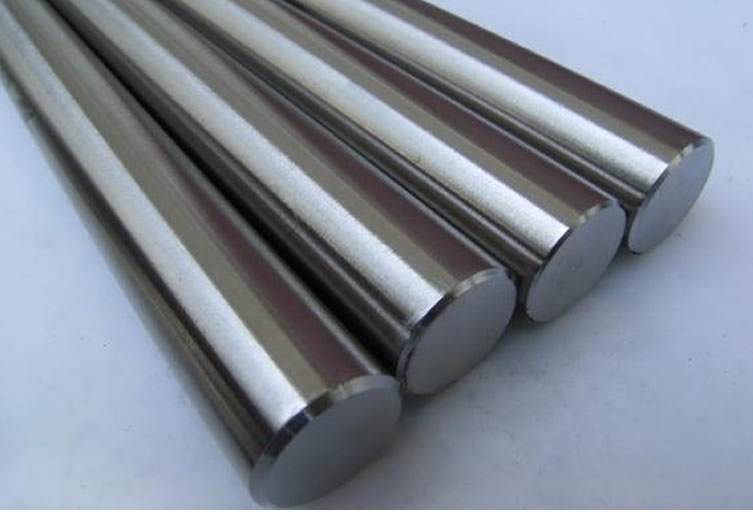
The List Of Abundant Refractory Metals Tungsten, tantalum, molybdenum, columbium, vanadium, and chromium may be classed as relatively abundant refractory metals; that is, free world reserves of contained metal are over 100,000 tons for each metal. The first four show promise in a considerably higher temperature range than the last two, and sometimes the term […]
Tags: Abundant Refractory Metals, Chromium, Molybdenum, Refractory Metal, Refractory Metal Bars, Refractory Metals, tantalum, Tungsten, Vanadium
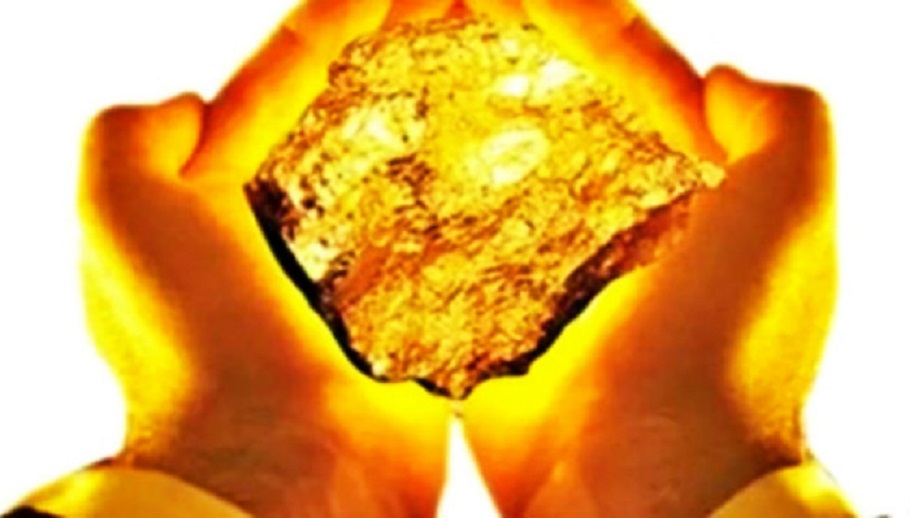
How Refractory Metals were Discovered and Developed? In today’s article, we’ll take a look at how refractory metals were discovered and developed. Refractory metals are referred to elements or alloys with melting points over 3002℉, such as tungsten, molybdenum, tantalum, niobium, titanium, zirconium, hafnium, vanadium, chromium, rhenium and alloys including tungsten alloys, molybdenum alloys, niobium […]
Tags: Chromium, Developing History, Developing History of Refractory Metals, Discover History of Refractory Metals, Discovery History, Hafnium, How Refractory Metals were Discovered and Developed?, Molybdenum, Niobium, Refractory Metals, rhenium, tantalum, titanium, Tungsten, Vanadium, Zirconium
Copyright © 1994-2024 Advanced Refractory Metals owned by Oceania International LLC, All Rights Reserved.